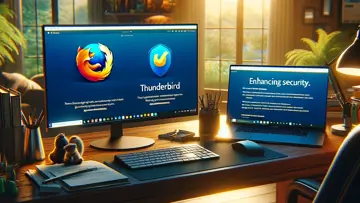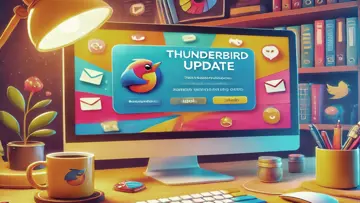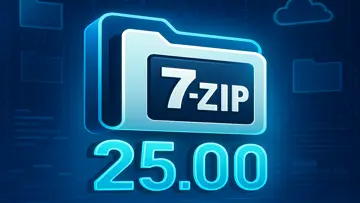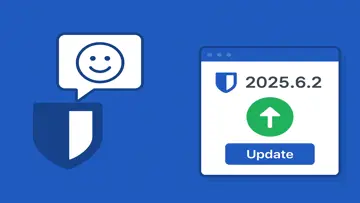1.0.9 설치 하는 안전
This application offers a comprehensive exploration of the planets within our solar system through realistic 3D models, allowing users to delve into both external appearances and internal structures of these celestial bodies.
The app is tailored for students and educators in the field of astronomy, showcasing an array of 3D models complemented by visualizations of the planets' internal layers. Users can seamlessly interact with the models, utilizing features such as pinch-to-zoom for an enhanced experience.
An educational journey awaits those who wish to examine comparisons among planets, including identifying the smallest planet, the hottest planet, and various exoplanets. The application also provides insights into the four Jovian planets: Jupiter, Saturn, Uranus, and Neptune, which constitute the outer realms of our solar system situated in an outer spiral arm of the Milky Way galaxy.
The solar system is defined by our star, the Sun, and all entities bound to it gravitationally—moons, asteroids, comets, and notably, eight planets: Mercury, Venus, Earth, Mars, Jupiter, Saturn, Uranus, and Neptune. Notably, more planets have been discovered beyond our solar system than stars within it. Thus far, millions of planetary systems orbiting other stars have been identified in the Milky Way.
Some highlights of individual planets include:
- Mercury: The smallest planet and closest to the Sun with an orbital period of 87.97 Earth days.
- Venus: The second planet from the Sun and the hottest in our solar system, often referred to as Earth's "sister" planet due to its similar size.
- Earth: The third planet from the Sun and the only known celestial body that supports life.
- Mars: Known as the red planet and the second smallest in our solar system with unique features and ongoing missions dedicated to exploration.
- Jupiter: The fifth planet and largest gas giant in our solar system, renowned for its numerous moons.
- Saturn: The sixth planet characterized by its iconic rings and moons such as Titan.
- Uranus: The seventh planet known for its unique rotation and assorted facts shared within the app.
- Neptune: The eighth planet and the farthest from the Sun with intriguing rings and satellite information.
Furthermore, while exploring Pluto—now classified as a dwarf planet in the Kuiper Belt—the app clarifies its distinction from traditional planets.
This application invites users to engage further with our solar system's wonders while contributing valuable insights through reviews. For any inquiries or assistance, users can reach out via email provided within the app.
개요
Solar System Planets 3D View 범주 교육 Lymbda Apps개발한에서 프리웨어 소프트웨어입니다.
Solar System Planets 3D View의 최신 버전은 2025-01-10에 발표 된 1.0.9. 처음 2025-01-10에 데이터베이스에 추가 되었습니다.
다음 운영 체제에서 실행 되는 Solar System Planets 3D View: Android.
Solar System Planets 3D View 하지 평가 하고있다 우리의 사용자가 아직.
관련
Astrofy: Your space guide
Astrofy presents itself as an intriguing application for those interested in exploring the cosmos. Designed by a dedicated individual with a passion for astronomy, this app offers an elegant interface aimed at enhancing user experience.Astronomy Events with Push
Never miss an astronomical event! Astronomy Events not only lists significant astronomical occurrences but also provides timely notifications to keep you informed. Upon clicking on an event, users receive a concise description.Celestia
Celestia Review Celestia is a powerful and versatile space simulation software developed by Chris Laurel. It allows users to explore the universe in 3D, providing a realistic and detailed representation of space.Galaxy Map - Stars and Planets
Embark on a mesmerizing journey through the wonders of the cosmos with Galaxy Map - Stars and Planets. This interactive 3D planetarium is powered by precise data obtained from esteemed space missions conducted by NASA and ESA.Heavens-Above
Looking to catch a glimpse of the International Space Station (ISS) or other visible satellites? The Heavens-Above app is just what you need.Luna
What causes the familiar monthly cycle of lunar phases? What’s a waning gibbous or a waxing crescent Moon? Why does the Moon appear tilted at different angles depending on whether you’re in New York or Sydney?최신 리뷰
|
|
UltraISO
모든 디스크 이미지 요구 사항을 충족하는 강력한 ISO 관리 도구 |
|
|
Telegram Desktop
Telegram Desktop을 통한 안전한 메시징 및 파일 공유. |
|
|
Software Informer
Software Informer로 최신 정보 받기 |
|
|
Google Earth Pro
Google 어스 프로로 놀라운 디테일로 세상을 탐험하세요. |
|
|
KMPlayer
Windows 및 Mac을 위한 강력한 멀티미디어 플레이어 |
|
|
Windows PC Health Check
Windows PC 상태 검사로 PC를 원활하게 실행하십시오! |
|
|
UpdateStar Premium Edition
UpdateStar Premium Edition으로 소프트웨어를 최신 상태로 유지하는 것이 그 어느 때보다 쉬워졌습니다! |
|
|
Microsoft Edge
웹 브라우징의 새로운 표준 |
|
|
Google Chrome
빠르고 다재다능한 웹 브라우저 |
|
|
Microsoft Visual C++ 2015 Redistributable Package
Microsoft Visual C++ 2015 재배포 가능 패키지로 시스템 성능을 향상시키십시오! |
|
|
Microsoft Visual C++ 2010 Redistributable
Visual C++ 응용 프로그램 실행을 위한 필수 구성 요소 |
|
|
Microsoft OneDrive
Microsoft OneDrive로 파일 관리 간소화 |









